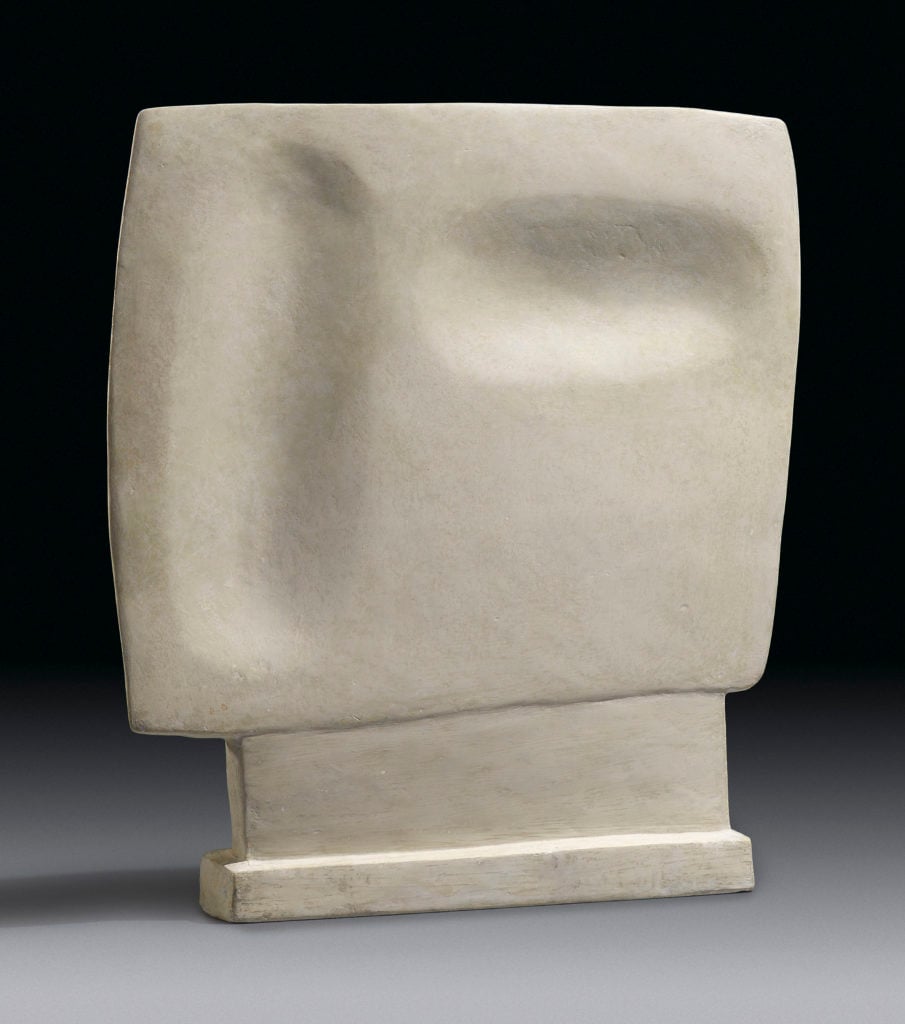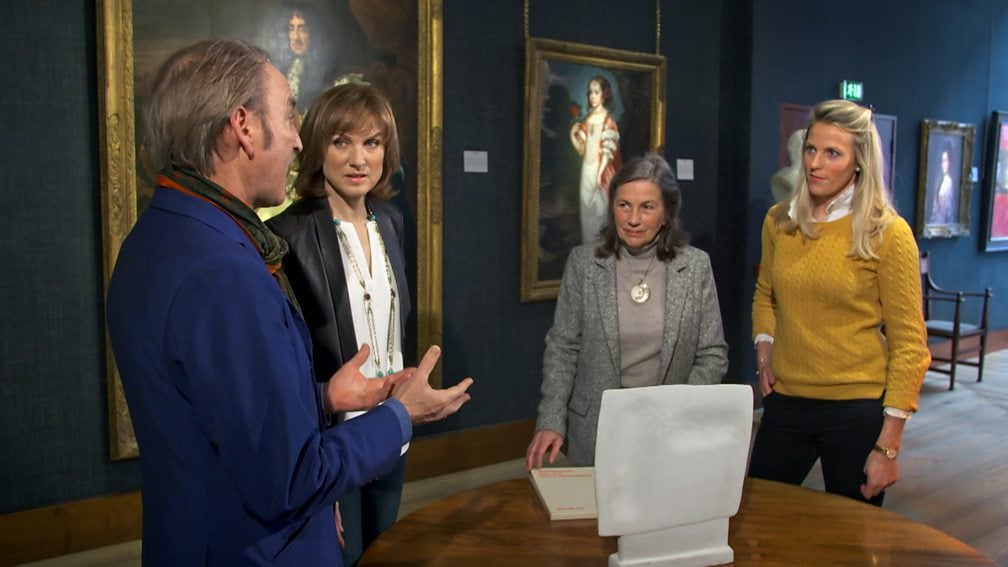Art World
A Giacometti Sculpture Damaged by a Clumsy Cat Was Deemed ‘Worthless’ by Experts on a TV Show. Then It Sold for $612,000
A new round of experts removed layers of spackling paste and household paint to uncover the Swiss master's signature.

A new round of experts removed layers of spackling paste and household paint to uncover the Swiss master's signature.

Last fall, authentication experts on the BBC reality show Fake or Fortune debated whether or not a broken sculpture had been made by Alberto Giacometti as its owners claimed. Ultimately, the hosts were unable to prove the Swiss master’s authorship and determined that it was likely “worthless.”
“We’ve never tackled sculpture before and it’s been astonishingly hard to find out information about Giacometti gazing heads and the plaster versions in particular,” said host Fiona Bruce during the episode. “Unfortunately though, the damage [this] piece has sustained might be too great. It may no longer be possible to accept it as a genuine work.”
But then in February that same sculpture sold for £500,000 ($612,000) at Christie’s “Art of the Surreal” sale in London.
The episode had ended with Bruce and her colleague, Philip Mould, sending the sculpture to the Giacometti Committee in Paris for further review. In a re-aired version of the episode last night, an updated segment revealed that, after removing layers of paint applied to the work decades ago, the committee uncovered Giacometti’s signature and confirmed its authenticity.
The plaster sculpture, a white square work titled Tête qui regarde (The Gazing Head), came to the TV program through its owner, Claire Clark-Hall, who claimed that her late grandmother had acquired the piece directly from the artist in Paris in the 1930s, after befriending his mistress.

Fiona Bruce and Philip Mould, host of BBC’s Fake or Fortune, meet the owners of a potential sculpture by Alberto Giacometti. Courtesy of the BBC.
In the 1960s, a family cat knocked the sculpture off a mantle, causing it to crack. Clark-Hall’s grandfather repaired it with cheap spackling paste and household paint. It wasn’t until those materials were removed by professional restorers that the inscription on the bottom of the sculpture became clear: “Alberto Giacometti 1928.” By that point, the show had already aired.
“Even though we have quite long lead times, we still work to a television deadline on Fake or Fortune? and the art world does not always observe the same pace,” Mould told the Telegraph. “This one took longer and more consideration than most. But it was worth waiting for.”